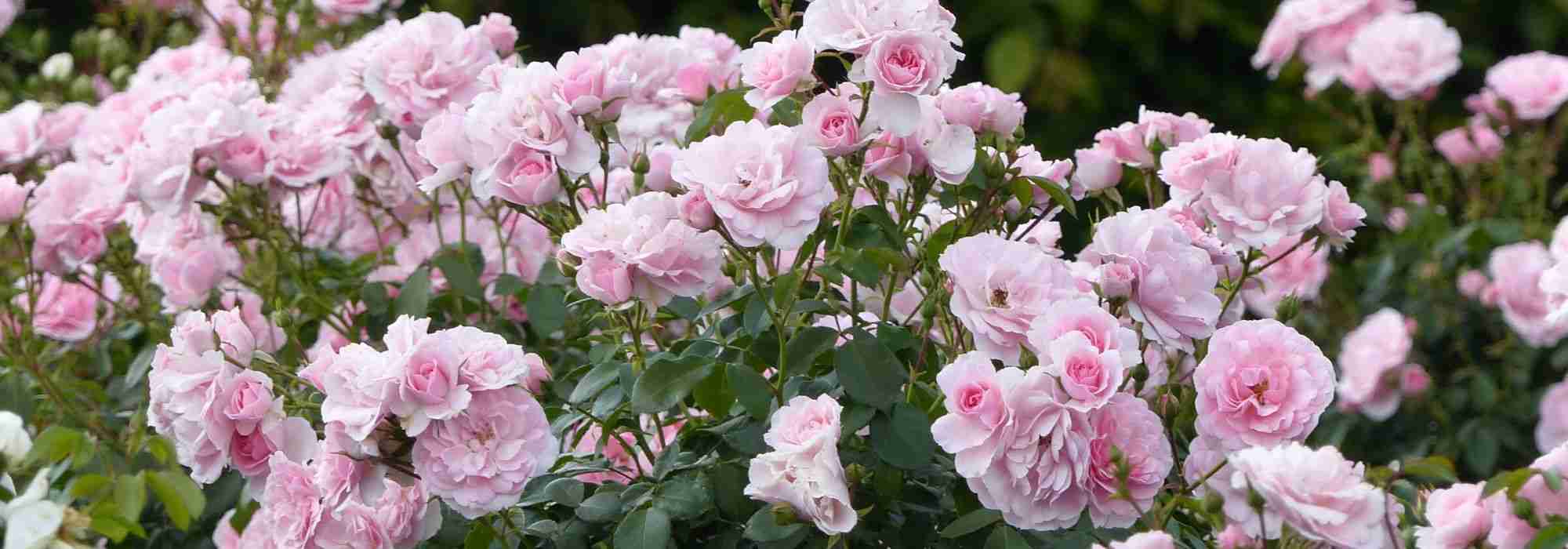
When and how to prune bush roses?
Everything you need to know about pruning bush roses
Contents
Pruning roses is an essential operation, far from being superfluous. It helps to regenerate the rose bush, stimulates the formation of vigorous young shoots, and prolongs its longevity. It also contributes to maintaining a balanced habit and improving flowering. All roses require this intervention, but bush roses, which are very common in gardens, need a specific approach. When it comes to bush roses, pruning and flowering are closely linked: a well-executed cut encourages healthy vegetative recovery. Therefore, it is important to know how to prune bush roses to achieve good results. Knowing the right time to prune roses is as essential as the technique used. Discover in this article the steps to take for pruning a rose effectively, and the best practices to succeed in pruning bush roses!
Pruning bush roses: the right actions for beautiful flowering
| Shrub Rose | RepeatfFlowering | Non-Repeat flowering |
|---|---|---|
| When to prune | End of winter / beginning of spring | After flowering (August) |
| Autumn pruning | Light (cleaning) | Optional |
| How to prune | Dead wood, weak stems, aerate the centre, prune 1/3 to 1/2 of the branches | Remove 1/3 of the branches |
| Cut | At an angle, above an outer eye | Same |
Differences as concerns Bush rose and shrub rose
The bush rose is a rose with a spreading habit and measures between 60 cm and 1.20 m depending on the varieties. Finally, it bears either large solitary flowers (perfect for cut flower arrangements) or smaller flowers, but grouped in clusters. These include Polyantha, Floribunda, Hybrid teas, some repeat flowering hybrids, a few English roses, and Portland roses. It is an ideal rose for borders or mass planting.
The shrub rose has the same characteristics, but it is significantly taller: between 1.20 and 1.80 m. This includes Musk hybrids, Bourbon roses, some repeat flowering hybrids, and many English roses. They are particularly suitable for mass planting, positioned at the back for the taller varieties. As with bushes, the timing for pruning roses plays an important role in their health and flowering.
Discover other Polyantha clustered Roses
View all →Available in 2 sizes
Available in 2 sizes
Available in 1 sizes
Available in 2 sizes
Available in 2 sizes
Available in 2 sizes
Available in 2 sizes
Available in 2 sizes
Available in 1 sizes
When to prune bush roses?
The period for pruning bush or repeat flowering roses is at the end of winter or the beginning of spring depending on your climate; ideally, this should be done just before the vegetation starts to grow again, when you see some buds swelling. Pruning roses in autumn is certainly possible. Just carry out a light clean-up a few months beforehand. For this, discover our article: “How to prune roses in autumn.”
Meanwhile, the pruning of non-repeat flowering roses is done just after flowering, in August.
How to prune a bush rose?
Here’s how to properly prune your bush rose:
- Start by removing dead wood, damaged or weak stems, especially if autumn pruning has not been carried out.
- Check that your rose has not produced suckers, these vigorous shoots that often emerge from the rootstock. If so, remove them without delay (To learn how to identify a sucker, refer to the article: Help, my rose is degenerating).
- Aerate the centre of the branches by removing the shoots that grow inwards, to improve air circulation and reduce the risk of fungal diseases.
- Most often, retain 3 to 5 main branches, evenly distributed. On roses with small flowers, you can leave more branches.
- Then make a slanted cut, about 0.5 cm above an outward-facing eye of the rose.
- If you are unsure between two branches growing in the same direction, keep the younger one. Finally, also check our advice sheet on pruning roses.
- Finally, prune non-repeat flowering bush and shrub roses by simply removing 1/3 of each branch just after flowering.
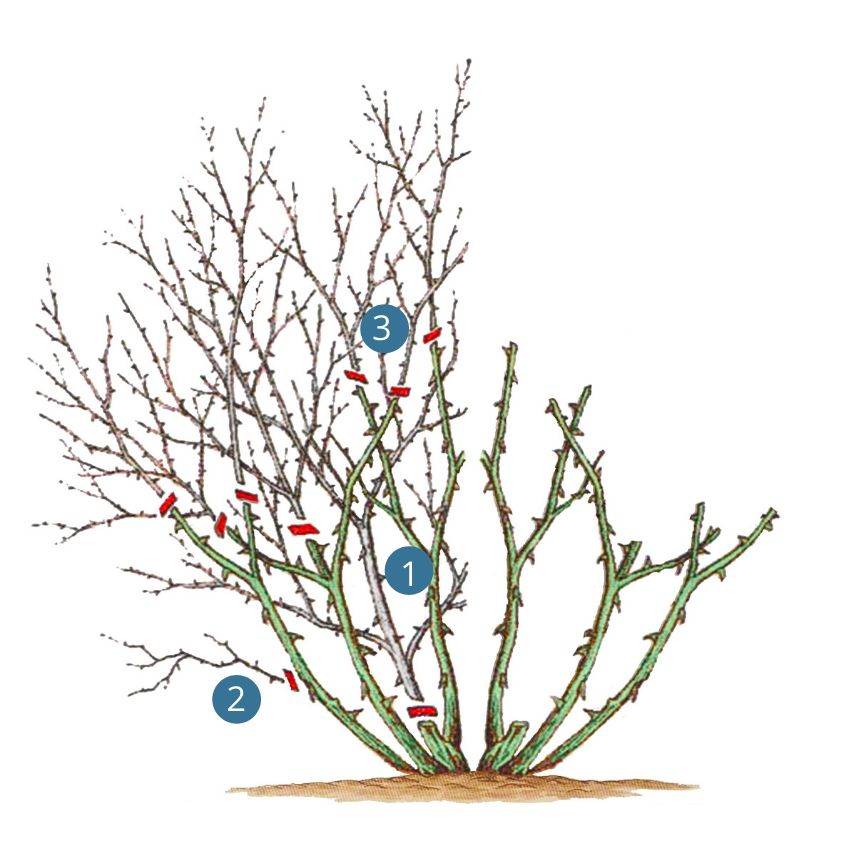 1. remove dead wood; 2. remove weak or poorly directed twigs; 3. prune 1/3 of each branch[/caption>
1. remove dead wood; 2. remove weak or poorly directed twigs; 3. prune 1/3 of each branch[/caption>
Our tips:
There are several schools of thought regarding pruning. Some gardeners practice very short pruning, while others only lightly tip the branches. Personally, I recommend moderate pruning, which involves removing one third to half of each branch while ensuring a balanced silhouette.
Another method I appreciate is to prune the weakest shoots to 2 or 3 eyes and the vigorous branches to 5 or 6 eyes.
I discourage severe pruning outside of rejuvenation cuts, which should be done every 3 to 4 years at most. Over-shortening the branches weakens the rose, encourages the formation of stubs, and complicates recovery in the event of late frosts. If you do choose to carry out short pruning, wait until the end of winter when the risk of frost has passed.
? Bush rose pruning table
| Step | What to do |
|---|---|
| 1. Cleaning | Remove dead wood, damaged or weak stems. |
| 2. Removal of suckers | Cut the vigorous shoots emerging from the base. |
| 3. Centre aeration | Remove branches growing inwards. |
| 4. Branch selection | Retain 3 to 5 main branches (more for small flowers). |
| 5. Shortening | Cut 1/3 to 1/2 of each branch depending on their vigour. |
| 6. Pruning according to vigour | – 2-3 eyes for weak branches – 5-6 eyes for stronger ones |
| 7. Severe pruning (rare) | Only to rejuvenate, every 3-4 years at most. |
| 8. Correct cut | At an angle, 0.5 cm above an outward-facing eye. |
| 9. Choice between two branches | Keep the younger one if two shoots are close. |
Special case: pegging
The pegging technique applies to shrub roses that produce long branches that shoot upwards with unfortunate tips. In this case, the pruning will be different. To learn more, consult our article: “Pegging roses“.
Frequently asked questions
-
How to prune a bush rose after flowering?
Besides the unsightly appearance, deadheading encourages the rose bush to produce new floriferous shoots and prevents it from unnecessarily exhausting itself in fruiting. To do this, cut at an angle just above the first or second well-formed leaf (5 leaflets/+), located beneath each flower or group of flowers. -
What if I don't prune my bush rose?
If you do not prune your bush rose, it will become less floriferous, take on a disordered habit, and be more vulnerable to diseases. Pruning helps to stimulate flowering, renew the wood, and maintain a balanced silhouette. Without it, the rose becomes exhausted, flowers little, and ages poorly.
- Subscribe!
- Contents
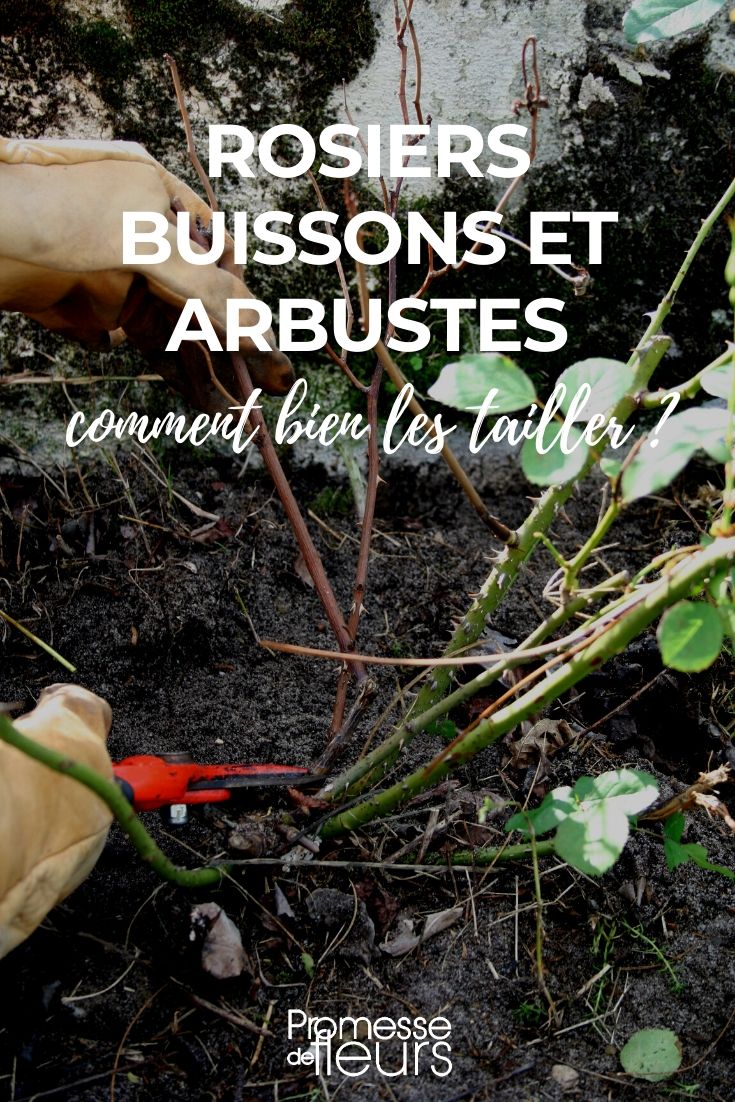































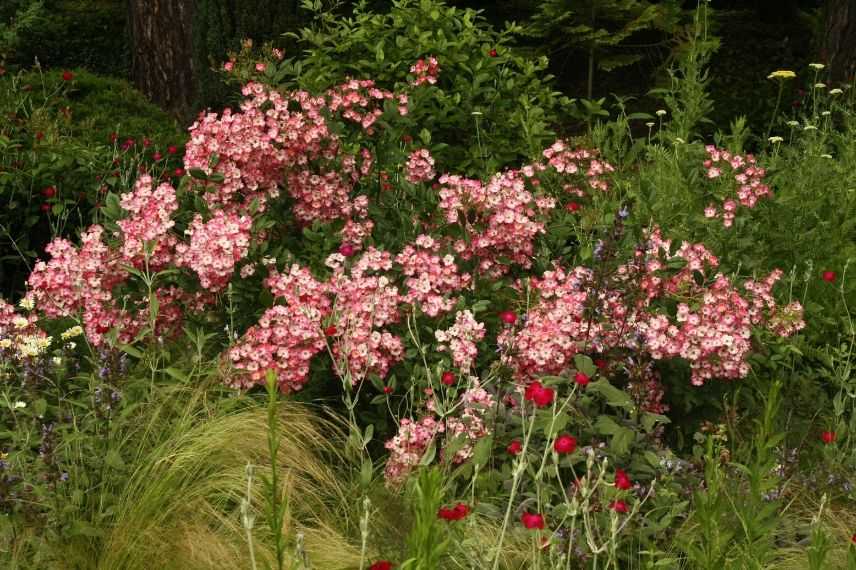
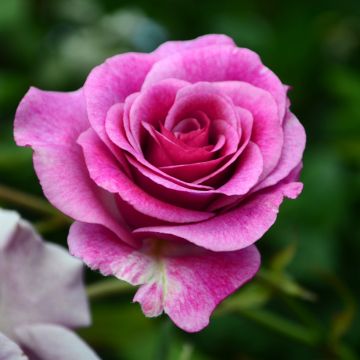
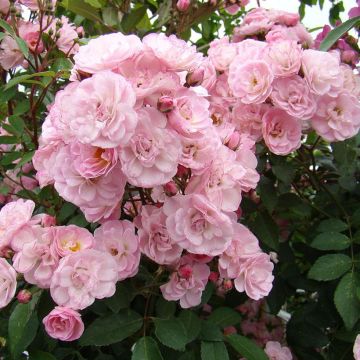
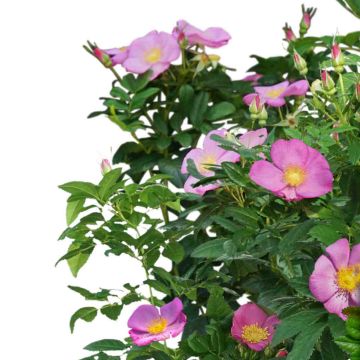
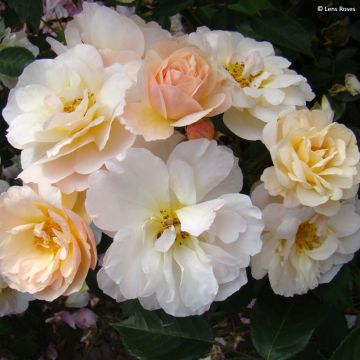
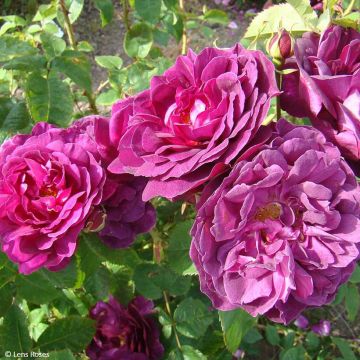
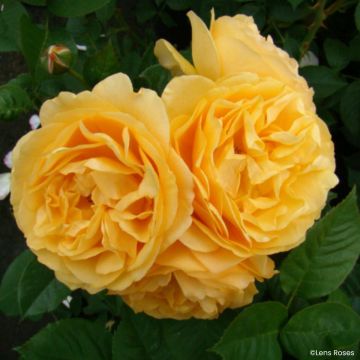
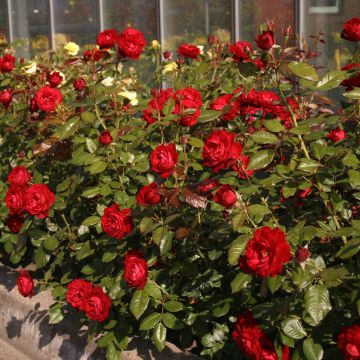
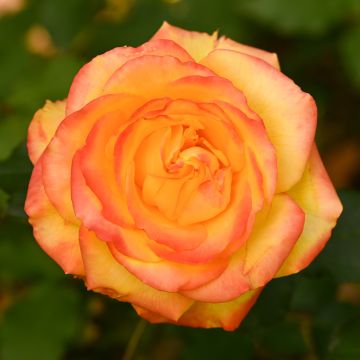
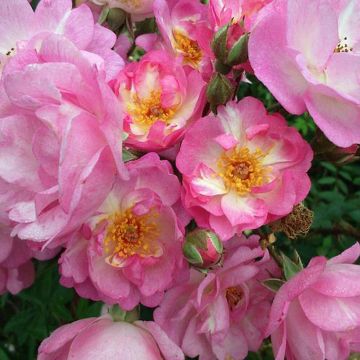
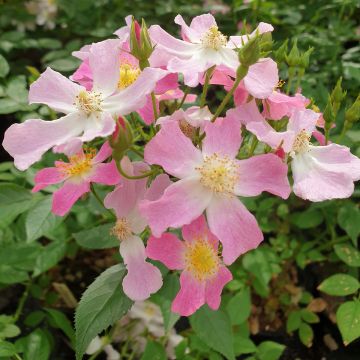
Comments